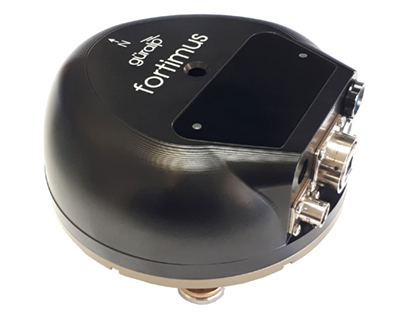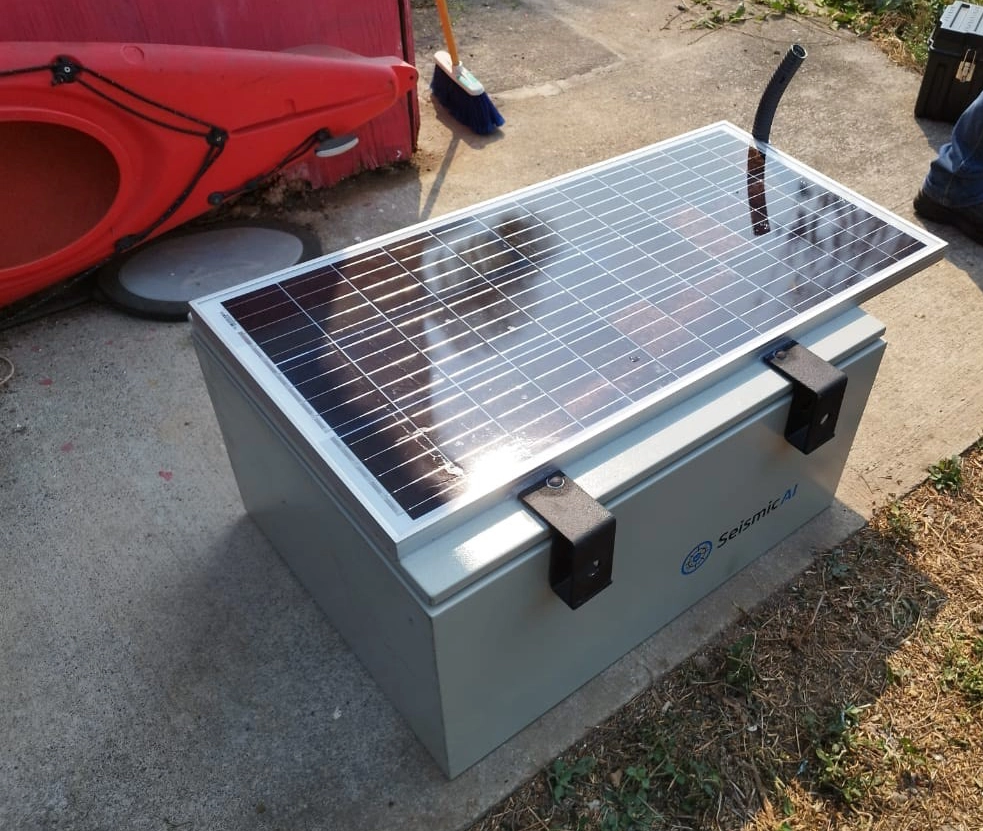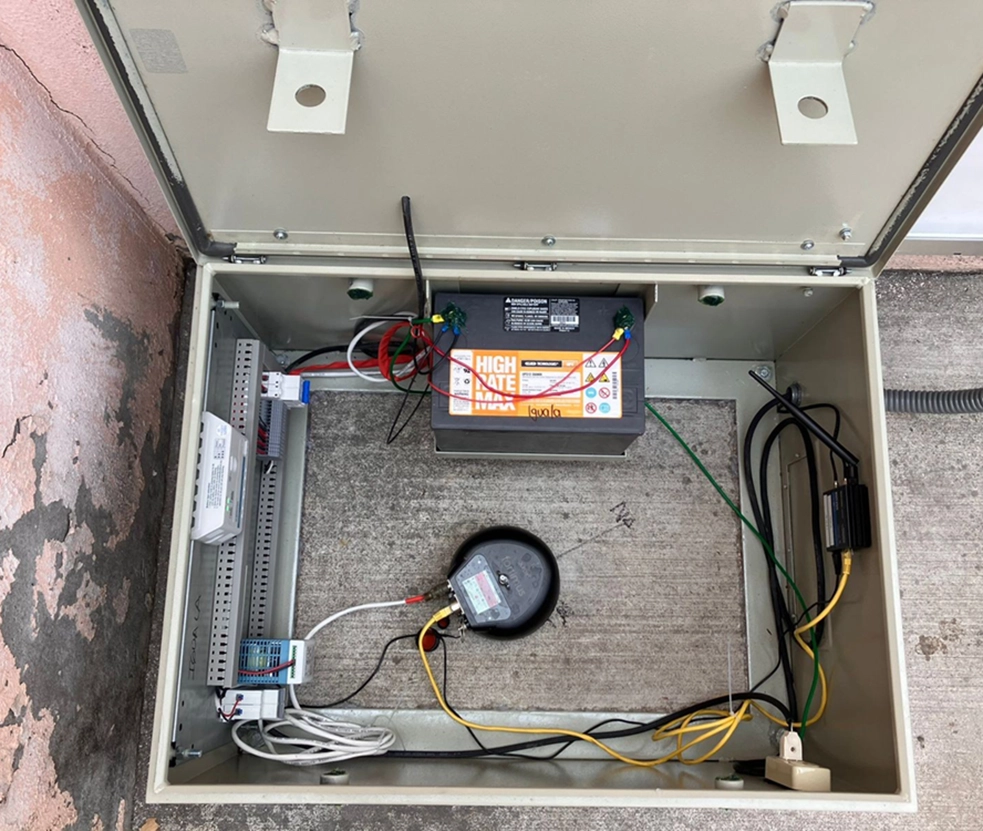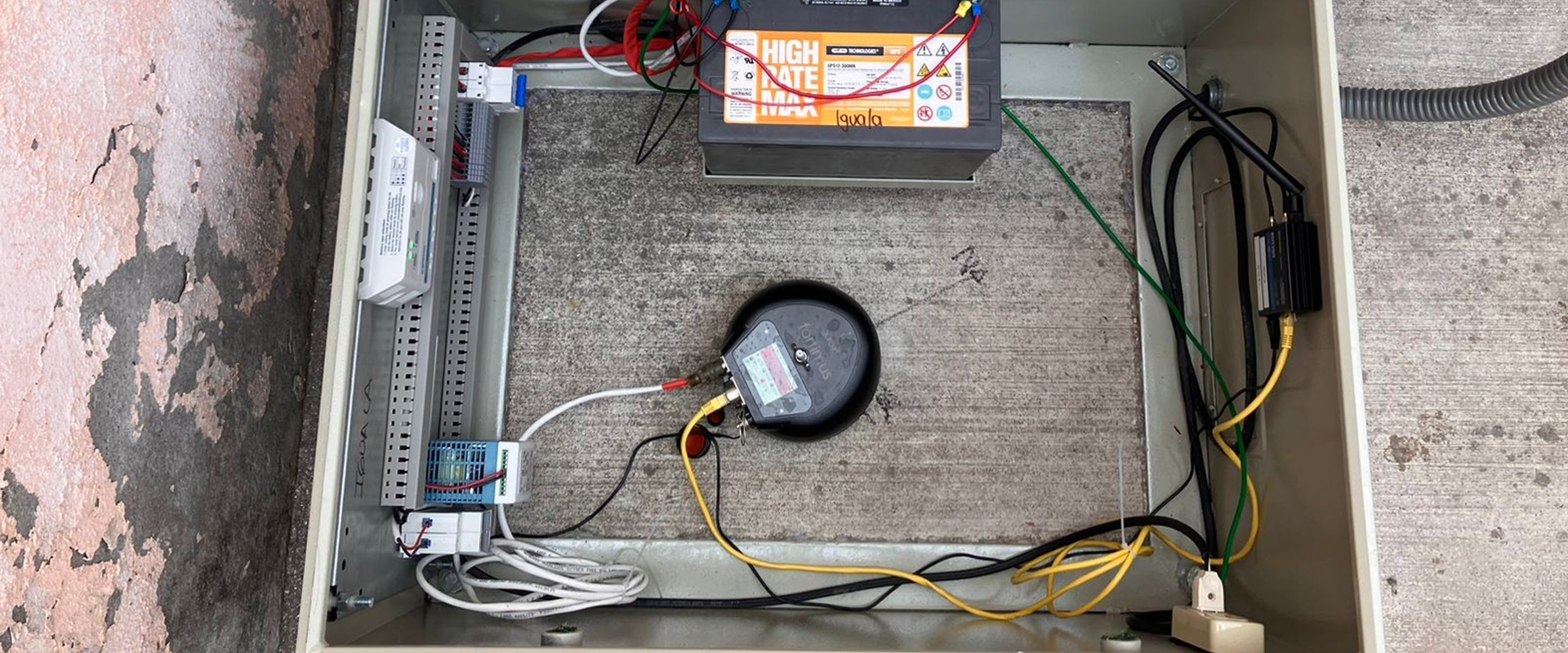Large bank establishes remote earthquake early warning network for improved business continuity
Background
Mexico suffers from strong, devastating earthquakes that can cause major damage to cities and surrounding areas. The constant threat of damaging earthquakes can have significant effects on businesses, as well as the general safety of the population
There are two main sources of seismic activity in Mexico, the first being subduction earthquakes, which occur in a ~200 km wide strip of land that runs along the Pacific (western) coast, and the second being intraplate earthquakes (North American Plate), which occur as a response and readjustment of the structures to the stress field and deformations generated by the same subduction processes occurring in the west of the country.
The objective of this network is to enable business continuity for hundreds of bank branches across Mexico, as well as protecting the customers and employees by providing an early warning alert across the branches in the vicinity of the seismic event.
Figure 1: Regional seismic station deployment overlooking a tailings dam
The Project
Mexico has varied soil types in different regions which can have variable amplification effects on propagating seismic waves, providing a challenging setting for conventional EEW methodologies. To mitigate this, VASE Sismica deployed a regional seismic monitoring network between Mexico City and the western coast, providing an alert for regional, off-network and offshore earthquakes. Each station is equipped with a Fortimus Force Balance Accelerometer (“FBA”) that is linked to a controller and a redundant power system, ensuring continuous operation. These stations provide an early seismic warning and can activate numerous local monitoring sites, equipped with seismic nodes, in the event of a large earthquake. The local monitoring nodes provide individual warnings to the bank branches and track local site effects resulting from different soil types.
The two seismic networks are implemented with SeismicAI algorithms that continuously monitor and process the data. This data is then used to train the system and adjust the velocity model to the region, which optimizes efficiency and precision, as well as minimising the potential for a false positive alert. All data from the network is transmitted and processed directly by the SeismicAI algorithms in the cloud, the trigger decision is made by this algorithm and determines whether or not to alert the branches/public.
Figure 2: Schematic of the operation of the integrated seismic early warning system
Güralp Solution
With the Minimus Digitiser incorporated into the Fortimus, the customer can access a range of user-configurable settings, such as remotely adjustable gain settings of 0.5g, 1g, 2g and 4g. The Minimus also allows the customer to monitor individual stations’ state of health by accessing data from a variety of internal environmental data channels including temperature, humidity, and input voltage.

Fortimus digital force-balance accelerometer
Deployment
Each of the 50 regional stations includes a Fortimus with a straight Ethernet connection, a 12V leisure battery to provide power to the system, a Solar Panel with charge controller to keep the battery charged through daylight hours and a PTP server to provide accurate timing to the instruments, all contained within a Purpose-built surface box.

Figure 3: Regional seismic station enclosure

Regional seismic station inside enclosure
Outcome
Both the regional and local networks are currently being built out to provide the necessary coverage. The stations are primarily being deployed in public areas, such as schools and civil protection department land. Some stations are also being co-deployed with sites of the national seismic network of Mexico.When operational, the system is intended to provide up to tens of seconds of warning, ahead of a damaging seismic event.
Neil Watkiss, Güralp Commercial Director, commented “this collaboration between Güralp, it’s trusted distributor VASE Sismica and SeismicAI shows how EEW can be a viable, bottom up, strategy for industry whilst also providing valuable seismic data to the scientific community. Güralp looks forward to continuing these relationships and seeing the project progress”.
"We are excited to implement SeismicAI’s strategic partnership with Güralp, a leader in seismic equipment,” said Benny Sasson, CEO of SeismicAI. “Integrating Güralp’s advanced seismographs with our innovative earthquake early warning system empowers us to build a robust seismic network in Mexico. This collaboration will drive a higher level of safety for Mexico’s civilians and assets by providing crucial early warnings which can dramatically mitigate the impact of seismic events on civilians and businesses.”





